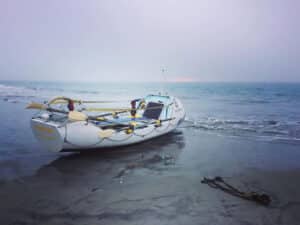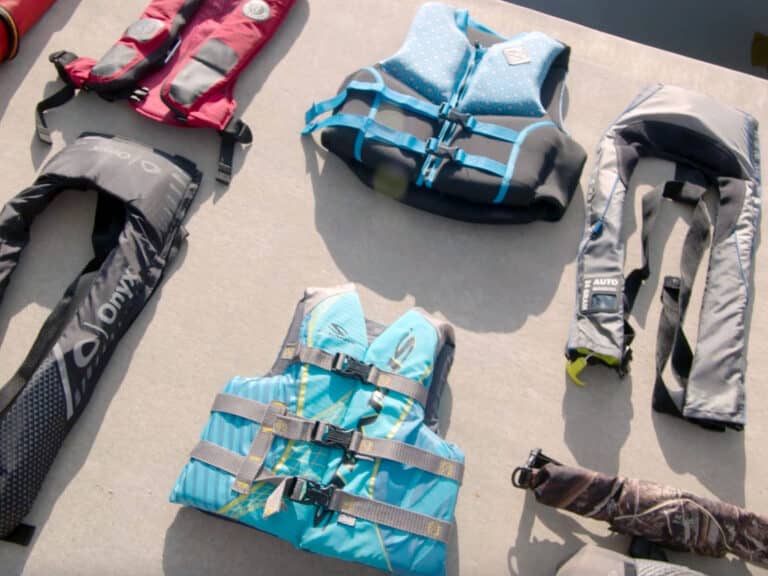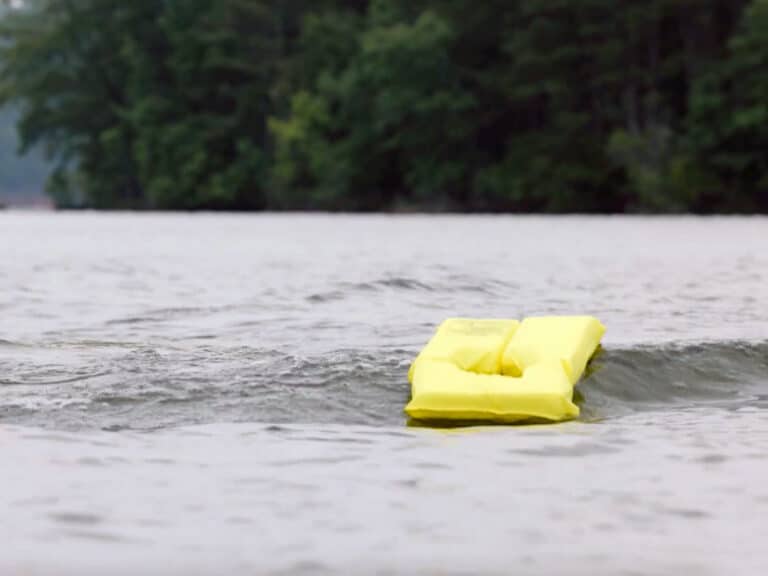
Talk about your sinking feelings. If your engine dies, your prop gets fouled or your shift cable freezes and you start drifting toward a jetty, boulder field or rocky shore, would you know what to do? Most boats can take a gentle bump on a rock without being holed. But throw in wave action or even a large wake, and you could come down hard — and with disastrous results. Here’s the best course of action.
[1] Have everyone aboard don life jackets.
[2] Drop your anchor. Even if it doesn’t grab, it will slow your drift. Add more drag by deploying a sea anchor off the side of the boat that’s away from the rocks — a bucket tied to a line is a good makeshift one.
[3] Don’t be shy. Signal and scream at nearby boats for a quick tow. Crossing arms waved overhead is a universal signal for help.
[4] Take care fending off. Manually pushing off a rock while lazily drifting across a pond is one thing, but for wave-whipped lee shores, think twice. Your boat isn’t worth a limb. Or your life.
The U.S. Coast Guard is asking all boat owners and operators to help reduce fatalities, injuries, property damage, and associated healthcare costs related to recreational boating accidents by taking personal responsibility for their own safety and the safety of their passengers. Essential steps include: wearing a life jacket at all times and requiring passengers to do the same; never boating under the influence (BUI); successfully completing a boating safety course; and getting a Vessel Safety Check (VSC) annually from local U.S. Coast Guard Auxiliary, United States Power Squadrons(r), or your state boating agency’s Vessel Examiners. The U.S. Coast Guard reminds all boaters to “Boat Responsibly!” For more tips on boating safety, visit www.uscgboating.org.








